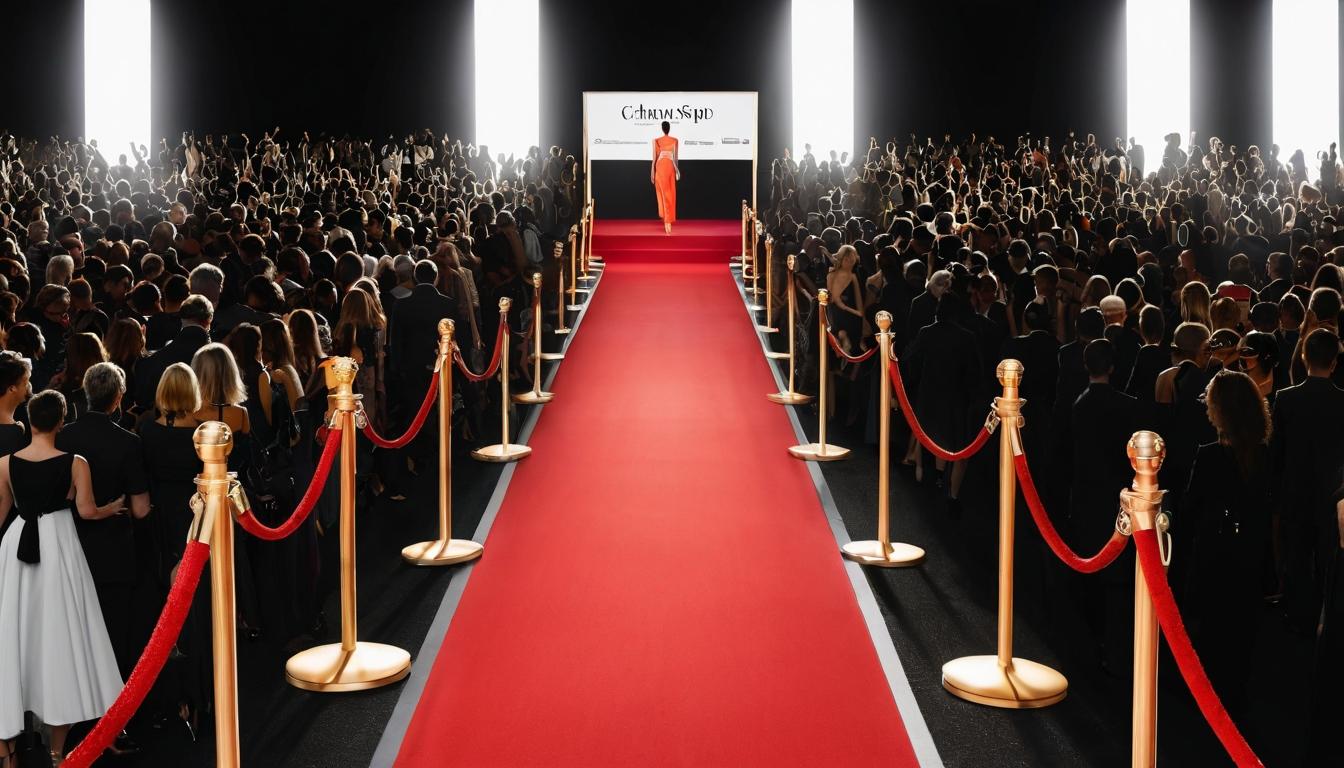There's a story unfolding behind the velvet ropes and polished runways that most fashion consumers never see. It's not about hemlines or color palettes, but about the fundamental restructuring of how clothes are made, marketed, and measured. While social media feeds overflow with influencer hauls and trend forecasts, a quieter revolution is taking place in design studios, manufacturing facilities, and corporate boardrooms across the industry.
The sustainability conversation has moved beyond organic cotton and recycled polyester. We're now seeing brands completely rethinking their production cycles, implementing closed-loop systems where garments are designed to be disassembled and remade. This isn't just greenwashing—it's a fundamental shift in how companies approach resource management. One luxury brand executive, who asked to remain anonymous, told me they've reduced fabric waste by 73% in the past two years through pattern optimization alone.
Meanwhile, the traditional fashion calendar is collapsing under its own weight. The seasonal collections that once dictated retail cycles are being replaced by continuous drops and capsule collections. This shift isn't just about feeding the social media beast—it's about responding to consumer demand for novelty while reducing the environmental impact of massive production runs. Designers are finding creative freedom in this new model, releasing pieces when they're ready rather than adhering to arbitrary deadlines.
The data revolution has arrived in fashion, and it's more sophisticated than tracking which items sell fastest. Advanced analytics now inform everything from fabric selection to store layouts. One major retailer shared how they're using AI to predict regional trends six months in advance, allowing for hyper-localized assortments that reduce markdowns and better serve diverse customer bases. This isn't about removing the human element from fashion—it's about augmenting creative intuition with hard data.
Labor practices are undergoing their own transformation, though progress remains uneven. While some brands continue to rely on exploitative manufacturing hubs, others are pioneering new models that prioritize worker welfare without sacrificing profitability. I visited a factory in Portugal where artisans earn living wages and participate in profit-sharing, creating some of the most exquisite luxury goods I've ever seen. The owner explained that their low employee turnover and high craftsmanship standards actually make the business model more sustainable long-term.
The relationship between physical and digital retail continues to evolve in unexpected ways. The pandemic-era prediction that e-commerce would kill brick-and-mortar stores has proven only partially true. Instead, we're seeing a renaissance of experiential retail, where stores become destinations for community events, customization services, and immersive brand experiences. One New York flagship now hosts weekly workshops where customers can learn mending techniques from master tailors—a brilliant strategy that builds loyalty while promoting garment longevity.
Size inclusivity has moved from buzzword to business imperative, but the implementation varies wildly. Some brands are genuinely rethinking their patterns and fit models to serve diverse body types, while others simply add a few larger sizes to their existing collections. The most successful approaches involve consulting with fit experts across the size spectrum and recognizing that different body types require different design considerations, not just scaled-up versions of straight-size garments.
Fashion's relationship with technology extends far beyond e-commerce platforms. We're seeing innovations in material science that could fundamentally change how clothes are made. Bio-fabricated leather alternatives grown from mushrooms, color-changing fabrics responsive to body temperature, and self-repairing textiles are moving from laboratory curiosities to commercial viability. One startup founder showed me a jacket that can change its insulation properties based on weather conditions—a concept that could revolutionize outerwear.
The role of the fashion editor has transformed dramatically in the age of social media. Where once they served as gatekeepers of taste, they now function as curators and community builders. The most successful aren't just identifying trends—they're contextualizing them, explaining why certain silhouettes or colors resonate at particular cultural moments. This requires a deep understanding of everything from global economics to psychological shifts in consumer behavior.
Perhaps the most significant change is happening in how fashion measures success. The traditional metrics of sales and market share are being supplemented by measures of environmental impact, social responsibility, and cultural relevance. Brands that excel in these areas are building deeper connections with consumers who increasingly want their purchases to align with their values. This isn't just good ethics—it's good business in an era of heightened transparency.
As I dug deeper into these transformations, I kept encountering the same theme: fashion is becoming more thoughtful, more responsive, and more accountable. The changes aren't happening fast enough for some critics, and there are certainly brands clinging to outdated models. But the direction is clear—the industry is evolving toward greater consciousness, even as it continues to celebrate creativity and self-expression. The revolution might be quiet, but its impact will echo through generations of fashion to come.
The quiet revolution happening in fashion's back rooms

